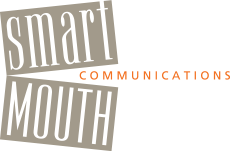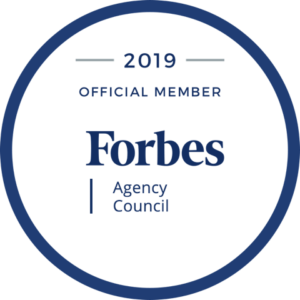Both Begin With P …
Unconventional Wisdom?
So, I just read an article about how harder-to-read fonts promote better recall. Uh oh, I wondered, slides too? Yup, slides too.
Interestingly enough, most of the prevailing wisdom about creating effective PowerPoint presentations suggests that clean and lean fonts, anything sans serif – i.e. no curlycues on the letters – are best. But apparently, less legible fonts make readers concentrate harder and therefore retain better. It seems counterintuitive until you really think about it and realize that readers have to slow down and focus harder with a font that isn’t as easy to skim.
What fascinated me most, though, about the research presented in this article was that they discovered students learn better from a teacher’s or professor’s handwritten scribbles on a “chalkboard” (probably a whiteboard!) than they do from PowerPoint. Yes, this would make sense given the font proposition. And it also supports my long-held theory that drawing or writing on a whiteboard during your presentation allows your audience to be present for, and part of, the creation of your visuals … and therefore promotes stronger reinforcement and stickiness.
No matter what, though, less is always more in the retention department, so feel free to go ahead and use a busier font, or your own handwriting, but keep the number of words and lines as lean and mean as possible!
Monkey See, Monkey Do
If you ever needed a really good reason to improve your performance at the front of a room or at the podium, consider this …
In an article on “Social Intelligence and the Biology of Leadership” published in the Harvard Business Review in September 2008, Daniel Goleman (of EQ fame) and Richard Boyatzis wrote this:
“It turns out that there’s a subset of mirror neurons whose only job is to detect other people’s smiles and laughter, prompting smiles and laughter in return. A boss who is self-controlled and humorless will rarely engage those neurons in his team members, but a boss who laughs and sets an easy-going tone puts those neurons to work, triggering spontaneous laughter and knitting his team together in the process. A bonded group is one that performs well, as our colleague Fabio Sala has shown in his research. He found that top-performing leaders elicited laughter from their subordinates three times as often, on average, as did midperforming leaders. Being in a good mood, other research finds, helps people take in information effectively and respond nimbly and creatively. In other words, laughter is serious business.
Wow … if we all took this to heart, meetings could be a heck of a lot more fun, huh?!
Thanks But No Thanks
Okay, speakers and presenters, you have a dilemma!
On the one hand, it is widely expected and perfectly acceptable to open a talk by thanking your hosts and guests for being there and for their participation in whatever meeting or event everyone is gathered to attend. Sometimes this is even laced with welcomes and other platitudes.
On the other hand, it is also widely known that audiences judge a speaker or presenter’s worthiness within the first 10 seconds. Some say 8 seconds, some actually say 3 seconds. Hmmmm. Suffice it to say, audiences judge fairly quickly – in a matter of seconds – whether the person at the front of the room is worth paying attention to and whether they plan to listen attentively or not.
Collision, conundrum, dilemma. What to do? How do you reconcile these two forces? I’m a big advocate for shaking things up and trying something new and different. I’m also a big advocate for yielding to the audience (if there’s even a slight conflict between the speaker’s interests and the audience’s interests, the audience wins hands down!). It’ll be a little bit like moving over and sleeping on the other side of the bed (you know you have a side!), but try and grab your audience’s attention first and thank them later. See if you can save your niceties and pleasantries for the end of your opening section, or for the very end of your remarks, whichever feels more doable. Open instead with a story, a question, a proposition, or a call to action.
Yes, making this change is likely to feel unnatural at first, but it will make you and your talk much more memorable. If for no other reason, you will stand out as the speaker who had a strong, impressive opening!



